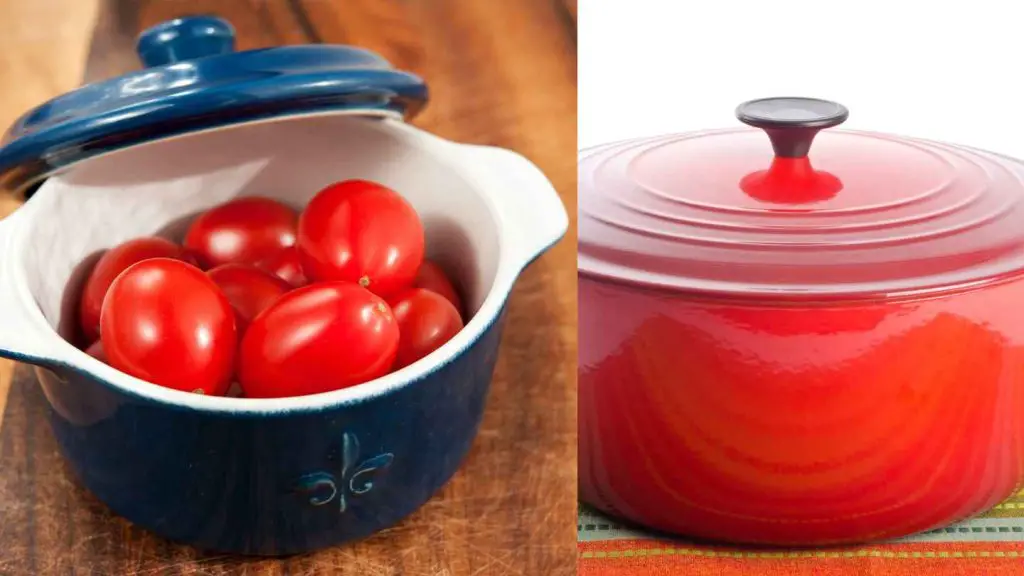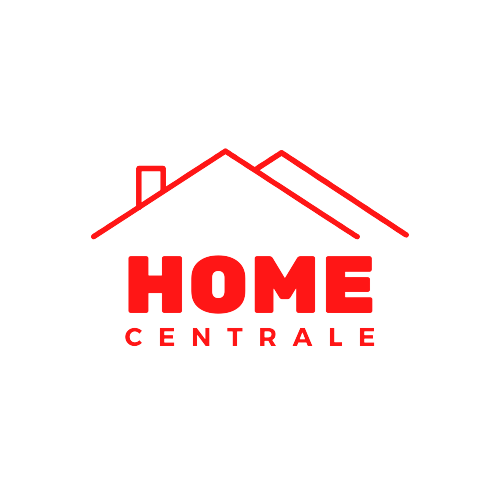If you’re looking for a versatile and durable cooking vessel for your kitchen, you may have come across Cocottes and Dutch ovens. Both of these cooking pots are popular among home cooks and professional chefs alike for their ability to cook a wide range of dishes. However, they have some key differences that may influence your decision when choosing between the two.
In this article, we’ll explore the differences between a cocotte and a Dutch oven and highlight seven things you need to know before making a purchase.
1. Origin and name
Cocottes and Dutch ovens have different origins and names. A cocotte is a French word for a casserole, and it’s typically made of cast iron or earthenware. It’s named after the French word “cocot,” which means “small pot.” These cooking pots were traditionally used to slow-cook stews and meats.
On the other hand, a Dutch oven is a heavy pot with a tight-fitting lid that is used for cooking, baking, and roasting. It’s believed to have originated in the Netherlands in the 17th century and was first called “a Dutch oven” by English traders who exported them around the world.
2. Material and construction
Both cocottes and Dutch ovens are made from cast iron or ceramic materials, which are great for even heating and retention. However, cocottes are often made from earthenware, which is fired at a lower temperature than cast iron and is more porous. This makes cocottes more fragile and prone to chipping or cracking if not handled carefully.
Dutch ovens, on the other hand, are made of heavy-duty cast iron, which is highly durable and can withstand high heat levels and heavy use. Some modern Dutch ovens have an enamel coating that makes them easier to clean and prevents rusting.
3. Shape and size
Cocottes are usually smaller than Dutch ovens and are available in sizes ranging from 1 to 7 quarts. They are also more round in shape, with less surface area, and have short handles on either side. This makes them ideal for cooking small portions of soups, stews, and casseroles.
Dutch ovens, on the other hand, are generally larger and deeper than cocottes and can range from 3 to 13 quarts in size. They are also wider, with long handles that are easier to grip. This makes them ideal for cooking larger portions of meat, poultry, and roasts.
4. Lid design
The lid design of cocottes and Dutch ovens is another distinguishing feature. Cocottes have lids that fit snugly on top of the pot and have small bumps on the underside, which help with basting and self-basting. These lids are also more shallow than Dutch ovens.
Dutch ovens, on the other hand, have a lid that fits tightly over the pot and has a deep rim to hold coals or charcoal on top. This allows for even cooking and prevents heat from escaping, making it ideal for baking bread or cakes.
5. Heat source
Cocottes and Dutch ovens can be used on different heat sources, but some types are better suited for specific heat sources. Cocottes are better suited for oven use because they have a lower profile and are more stable in the oven. They can also be used on the stovetop, but they may not be as effective on induction surfaces.
Dutch ovens, on the other hand, can be used on any heat source, including open flames, electric stovetops, and oven use. They are ideal for outdoor cooking such as camping or cooking over an open fire.
6. Cooking versatility
Both cocottes and Dutch ovens are versatile cooking vessels that can prepare a variety of dishes. Cocottes are ideal for slow-cooking stews, soups, and casseroles, while Dutch ovens are perfect for cooking roasts, bread, and cakes.
Additionally, modern Dutch ovens have evolved to include features that make them more versatile. Many come with a flat lid that can be used as a frying pan or griddle. Some even have a grill pan that can be used on top of the pot to create a barbecue.
7. Price
The cost of a cocotte or Dutch oven varies widely depending on the material, brand, and size of the pot. Generally, cocottes are more expensive than Dutch ovens due to their artisan construction, and they are often made by high-end brands such as Le Creuset and Staub which can cost as high as $450
Dutch ovens, on the other hand, are more affordable and widely available. They can be found in many general merchandise stores and kitchen supply shops, and they come in various brands and sizes to fit any kitchen budget.
Conclusion
When it comes to choosing between a cocotte and a Dutch oven, it all comes down to what you plan to cook and how you plan to use the pot. Both have their advantages and disadvantages, but it’s important to consider factors such as construction, size, lid design, heat source, versatility, and price before making a purchase. We advise that you get one instead of getting both; and if it comes down to versatility, the Dutch oven is the winner here as they come in different sizes and prices.
No matter which one you choose, a cocotte or a Dutch oven will be a valuable addition to your kitchen. With their ability to cook a wide range of dishes to perfection and their durability, you can’t go wrong with either choice.






